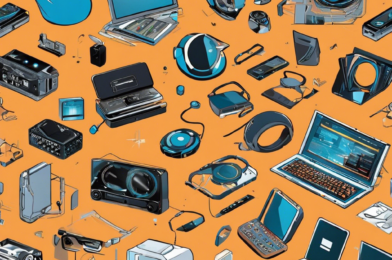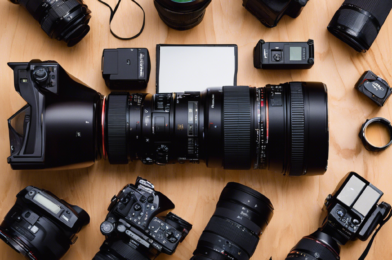The world of virtual reality (VR) has captured the imagination of gamers, filmmakers, and tech enthusiasts alike. In the past few years, several VR headsets have hit the market, each promising an immersive experience that will revolutionize the way we play, watch, and interact with digital content. But with so many options available, which VR system is the best?
First, let’s look at the PC-tethered headsets, which offer the most powerful VR experiences currently available. The Oculus Rift, HTC Vive, and Valve Index are the top contenders in this category. All three headsets offer a wide field of view, precision tracking, and hand controllers for interacting with the virtual world. The Oculus Rift, owned by Facebook, has a strong focus on social VR experiences and exclusive content, while the HTC Vive boasts ‘room-scale’ VR with ‘walk-around’ play areas. The Valve Index, released in 2019, offers a similar room-scale experience with advanced hand-tracking controllers and a higher refresh rate for smoother visuals.
If you’re looking for a wireless VR experience, the Oculus Quest is a popular choice. This standalone headset doesn’t require a PC and offers six degrees of freedom (6DoF) tracking, hand controllers, and access to a growing library of games and apps. While the Quest’s graphics aren’t as advanced as PC-tethered headsets, it provides a portable and affordable entry into the world of VR.
For console gamers, the PlayStation VR (PSVR) is a solid option. Released in 2016, the PSVR has a robust library of games, including exclusive Sony titles. The headset uses a unique tracking system that utilizes the PlayStation Camera and Move controllers, offering an immersive VR experience for gamers already within the PlayStation ecosystem.
Other VR headsets worth mentioning include the Windows Mixed Reality headsets, such as the Samsung HMD Odyssey+, which offer inside-out tracking and simplified setup. These headsets are often more affordable and work with a wide range of Windows PCs.
So, which VR system reigns supreme? It depends on your priorities. For the most advanced and immersive experiences, PC-tethered headsets like the Valve Index lead the pack. However, for convenience and portability, the Oculus Quest is hard to beat. Ultimately, the ‘supreme’ VR system will provide an enjoyable and accessible experience tailored to your needs, whether you’re a hardcore gamer or a casual enthusiast.
Remember, the VR landscape is constantly evolving, with new headsets, improved tracking technologies, and more compelling content on the horizon. As the technology continues to mature, we can expect even more innovative and captivating VR experiences in the future. So, keep an eye out for the latest developments and stay tuned for further insights into this exciting realm of virtual possibilities!
By Jason Lee, Technology Journalist
Washington Post / BuzzFeed News
(Feel free to let me know if you would like help with images or if there’s anything else I can do to enhance this article for publishing!)









